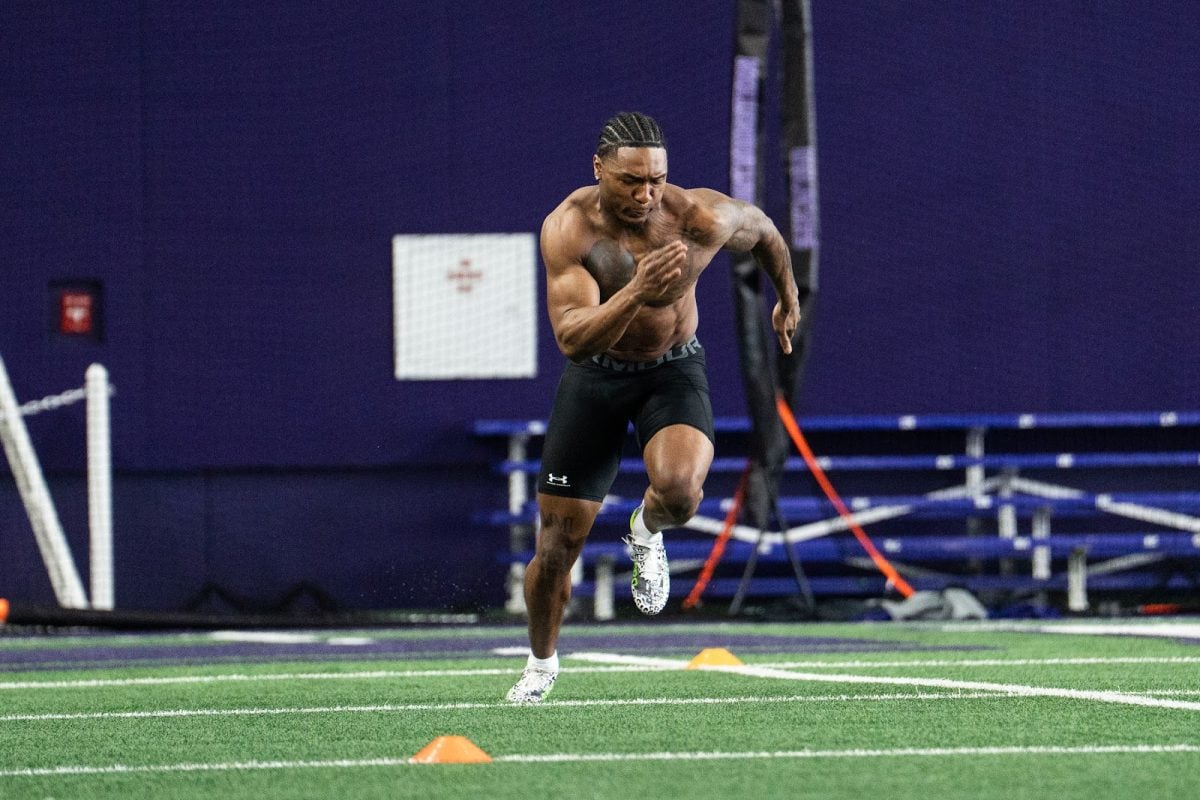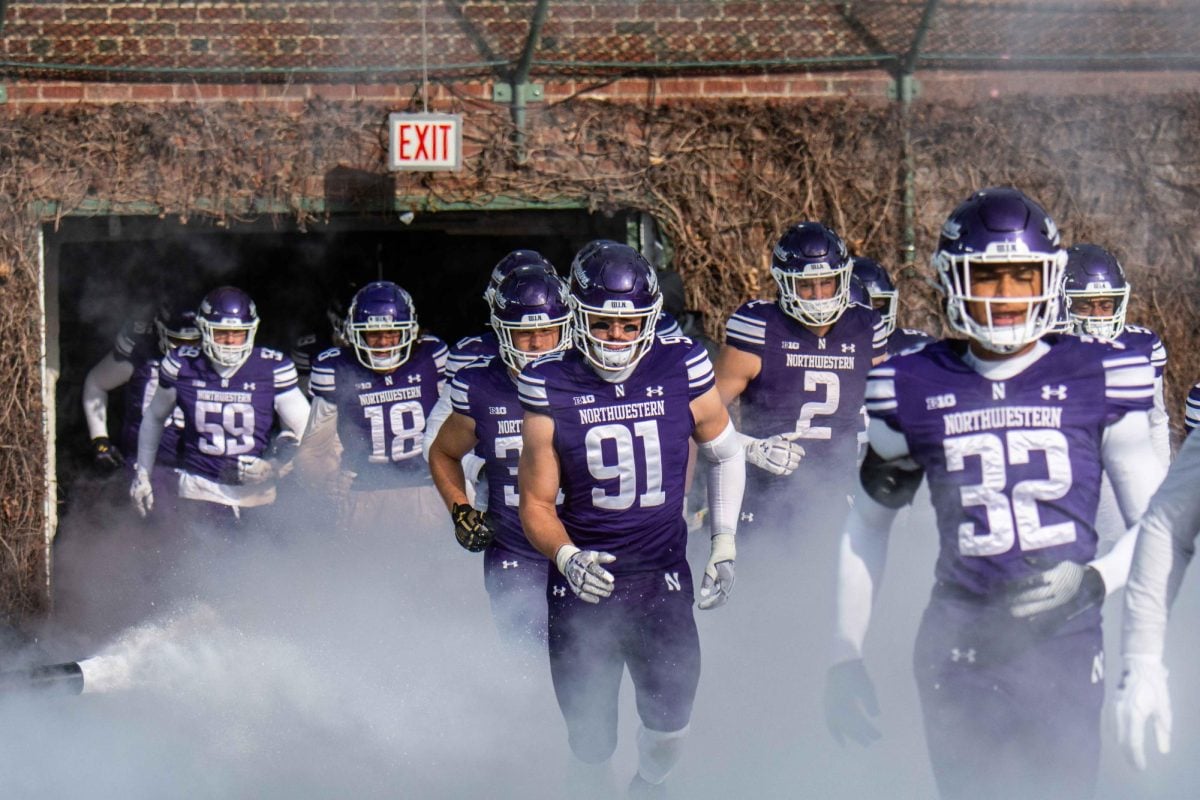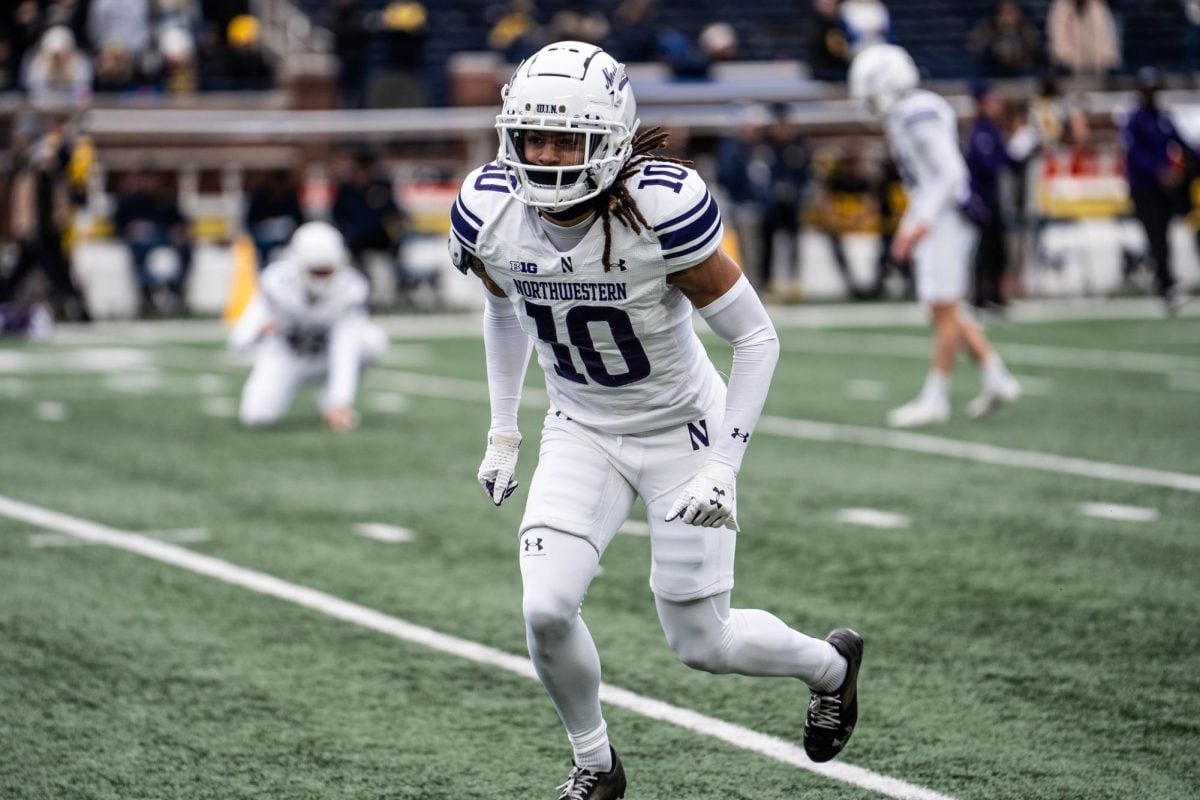The Chicago Public League is where the city’s best basketball players earn their stripes.But the pipeline from Chicago’s South and West Sides, where most of Public Leaguers reside, to Evanston has more than a few leaks.
“The Chicago Public League is the best hotbed for talent, the most talented, toughest players that come out,” said fourth-year assistant coach Tavaras Hardy. “The way they approach the game is at a level where those guys can come in a place like (Northwestern) and be successful on the basketball court.”
The problem for the Wildcats’ staff is whether these players can succeed off the court. Though NU has garnered recruits from the greater Chicago area the last two years, recruiters like Hardy are often repelled by the lack of academic strength among CPL players.
“To say it the realest way I can, we can’t take everybody,” Hardy said. “Northwestern can’t take just anybody. He has to be the right fit academically, athletically and socially, and while we would constantly grab (Public Leaguers) from the best basketball conference in the league, the things we evaluate upon may not be the things that they find as important.”
The challenge of forging a mutual interest between CPL students and NU recruiters comes from a storied conflict between social, economic and racial differences.
“This is an issue that I take very personally and hold near and dear to my heart,” said Hardy, who, as a black freshman recruit in 1998, was asked by his coaches to help attract other Chicago talent.
Hardy said part of the problem is evident when watching NU play.
“A hard thing for us, right now, in our current state, is if you look at our roster and you come to our games, when you talk about (blacks in Chicago), well, our current team doesn’t look like those kids, to put it bluntly,” said Hardy.
Junior point guard Michael Thompson is only the second CPL player to wear the purple and white. He spoke of diversity, but expanded the scope of the issue.
“There are not a lot of African-Americans here,” Thompson said. “People in the public league feel more comfortable being around people of their own kind.”
While Hardy admitted the apparent discord between CPL athletes and the program’s product, filling the roster with more black players is not the goal. NU comes at this issue with a greater purpose that goes beyond the hardwood.
In detailing NU’s academic pitch, Hardy refers to it as a “story,” because it is more than just saying why a degree from the school is respected. Basketball can be the stepping stone toward a more transformative experience at NU.
“We have an opportunity to affect change in that environment,” Hardy said.Speaking directly to would-be recruits, Hardy went on, “We have the opportunity to get into (disadvantaged) communities and let them know, this is important. This will open up the doors for you that might not have been open in the past. You can use us as much as we’re trying to use you to win games. It’s not a one-dimensional thing. You can use this to change the course of your family.”
The obvious challenge for NU is to manage these issues around unwavering academic standards, which Thompson claims is the biggest clog in the pipeline to Welsh-Ryan Arena.
“A lot of students in the public league don’t have the grades or they feel as though (attending NU) is going to be too much hard work for them,” Thompson said.
Thompson said NU’s football team is one of the school’s strongest communities. He suggested introducing recruits to black football players so they can get a better idea of what it is like to be a student-athlete at NU.
“(Recruits will) get an understanding of how academics is at this school and I don’t think it’ll be a problem,” he said.
Thompson also said he thinks there is blame on both the coaches and CPL sides of the issue because they often succumb to hearsay. Coaches overlook a player they assume cannot be tempted by an academic sales pitch or “they feel as though they have no chance to get (some recruits because) where they’re at in high school there’s no hope for them,” Thompson said. As for Public Leaguers, Thompson said most are drawn to the lure of basketball powerhouses and dismiss NU because of its limited prestige.
The 5-foot-10 point guard admitted he was fortunate to have been steered in the direction of Evanston because of his family. “Yeah, there were a lot of people who made jokes,” Thompson remembered, “saying how it wasn’t a winning program and how you’re just going to go there and I wasn’t going to make a difference. But at the same time, most of the people that were close to me…they were there for me because they all know what it means to have a degree from Northwestern.”
Thompson may seem like a standout among former CPL players, but Hardy points to the program’s continued movement toward Chicago talent. The school may be at the fringes of Chicago today, but Hardy said he believes the program’s message is catching on and that there are more to follow in the footsteps of players like himself and Thompson.
Hardy still has the same approach to advertising NU as when he was first asked by his coaches to be an ambassador for the school. For him, it is about discussing the range of success stories to come out of Evanston.
“When you look at the 2008 recruiting class, and the 2009 recruiting class, and where we’re going, I feel very confident in telling those stories,” he said. “And that hasn’t changed from the moment I walked through the door as a recruit or as a coach since I’ve been here. I feel very, very confident in our product. The conversations I’ve had, I think people are buying into it.”hatkins@u.northwestern.edu













